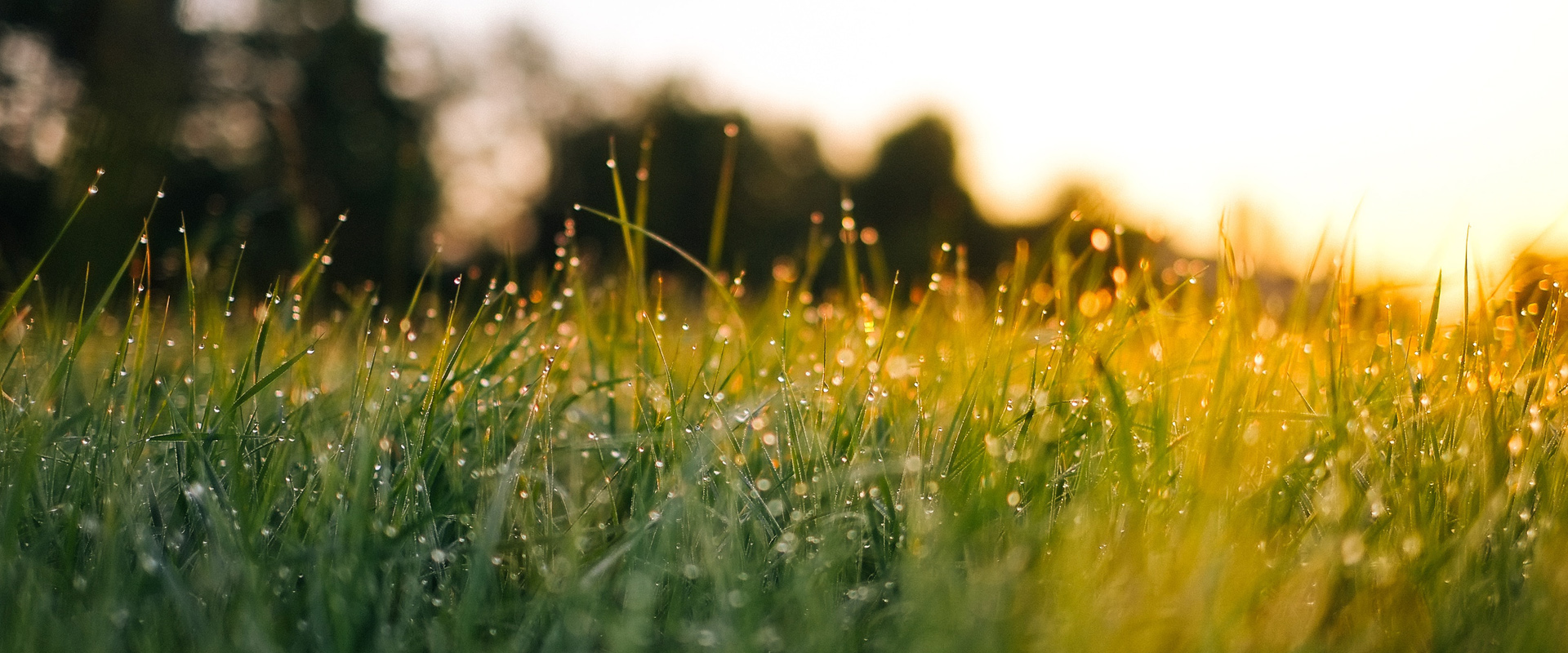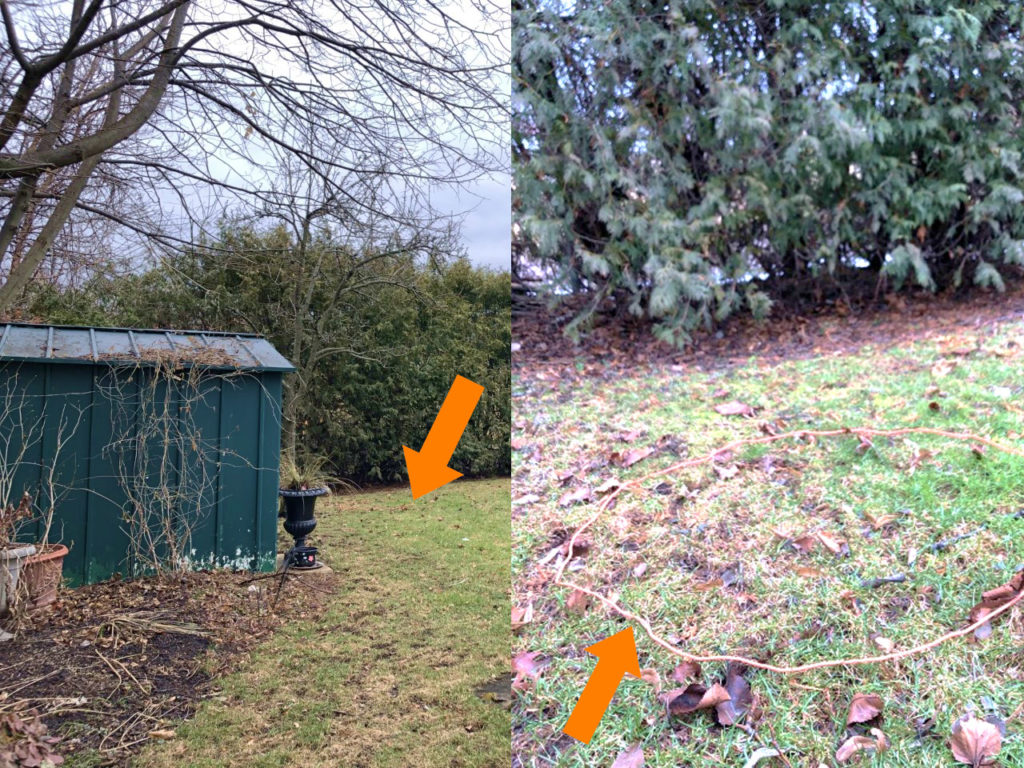
By Catherine Wassmansdorf, LEADS Instructor
While COVID-19 may have altered your normal life, you still have an opportunity to connect with the natural world, and do it in a new and intentional way. While you stay safe at home, you can look a little closer at nearby nature and make daily observations of our environment. A foundational aspect of science is learning to make careful, standardized, and repeatable observations. How can we put science to work to enhance our understanding of biodiversity and human history in our very own backyards? How can this scientific practice help us to, quite literally, stay grounded during such an unsettling time? Allow us to introduce you to the sit spot.
Scout out a place that gives you a view of nature
Even if you have to spend more time indoors, there is likely a window you can look through to get a view of even a little bit of the natural world. Perhaps you have a grassy area by your apartment building, or a small yard adjacent to your house. You can use a space like this to step outside and observe the environment, while keeping a safe physical distance from others, of course. If you have a whole lot of concrete surrounding your home, webcams can bring nature to you. Try a view of Algonquin Park, or a busy birdfeeder in Ohio. In any case, choose a spot with a view that is inviting and calming.
Mark your sit spot
If you have access to your own yard, establish the one place that you’ll consistently use to observe nature. This sit spot can be marked with a hula hoop, a rope, a circle of rocks, or you can rely on your memory to know where to go each time you want to observe your natural surroundings. Should you choose to remain inside, you can draw a circle or trace your handprint on a window with erasable marker to mark your spot, or just choose a specific window to look out of.
Observe with (almost) all your senses
Once you’ve parked yourself in your sit spot, set a timer for 15 minutes. If that timeframe seems daunting, start with a smaller time frame like five minutes, and work your way up to 15. During your observation time, use your senses to hear, see, smell, and feel – both physically and emotionally. Take note of the direction of the wind, the temperature of the air, the scents coming from nearby plant life, the feel of the grass or soil beneath you.

Record your observations
Once your sitting period is over, take some time to write down your observations and reflections. What wildlife did you spot? What scents did you take in? Was there something you were expecting to see or hear that you didn’t? Did your emotions change during the practice? Did you feel focused or easily distracted? Keeping a record of your observations can make you more attuned to changes in the environment around you and give you a heightened awareness of your surroundings.
Visit your sit spot regularly
Go to your sit spot daily if possible. This practice of selecting and returning to the same spot is widely known in nature education, and reminds us that wildlife is all around us.
The Wilderness Awareness School provides further detail on the sit spot practice which is worth noting: “A Sit Spot can become like an anchor in your life — a place to settle down, cultivate present-moment awareness and a quieter mind, and to observe the flow of reality occurring around you. It’s also a place where you can notice what the animals are up to. And they can get to know you.”
Now that you know the basics, find a sit spot of your own and start observing. And let us know about your findings by sending me your photos and reflections. We’ll share some interesting community observations in a future post. Happy sit spotting!
Our LEADS (Leadership in Environmental Achievements through Diversity and Skills) program takes secondary students outdoors to learn about local habitats, conduct field research, gain leadership skills, and form foundations for careers in science and environmental conservation. LEADS programs are made possible through the generous support of the Suncor Energy Foundation, the Natural Sciences and Engineering Research Council of Canada, and Weston Forest.

